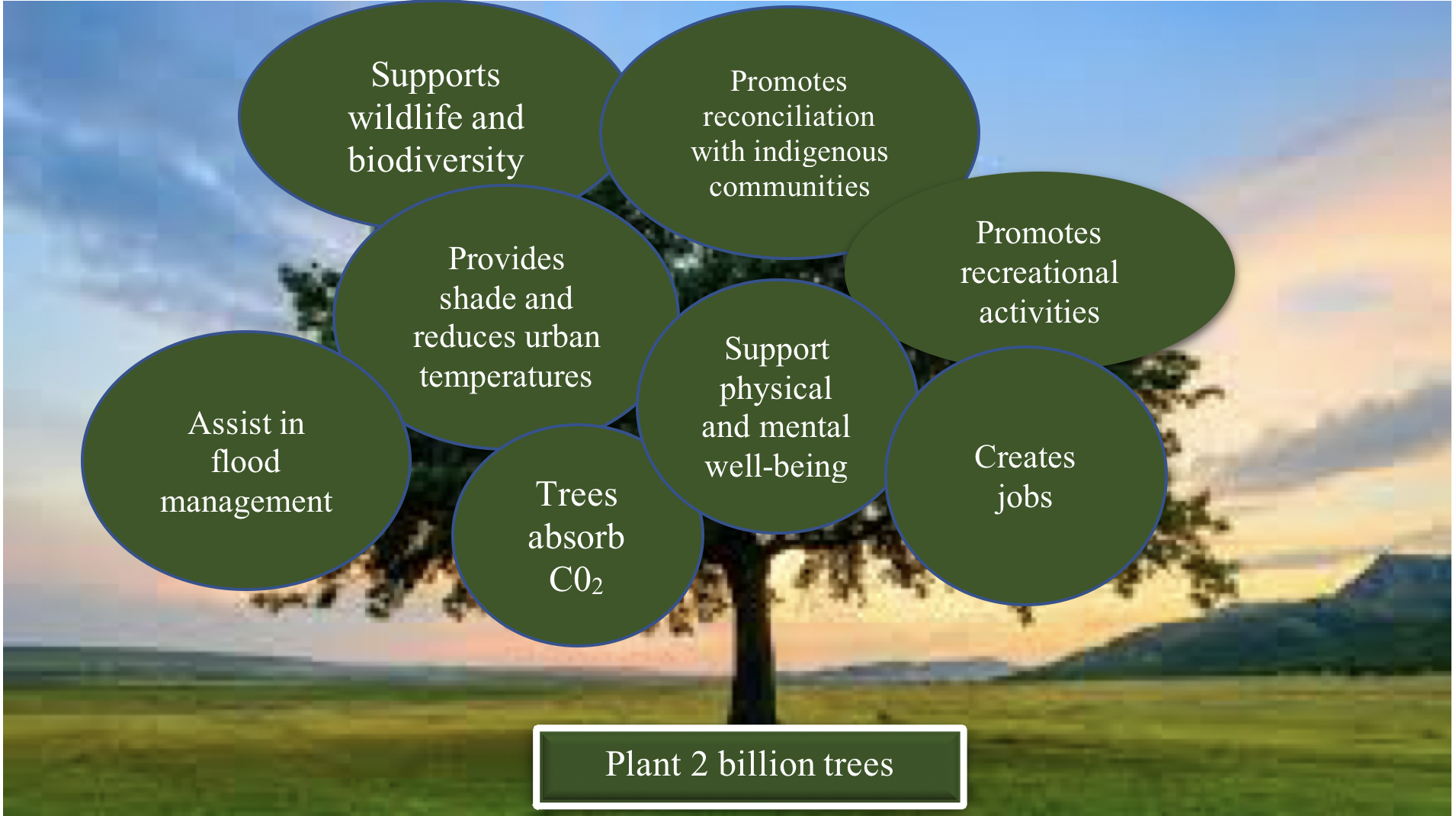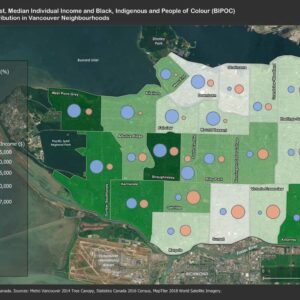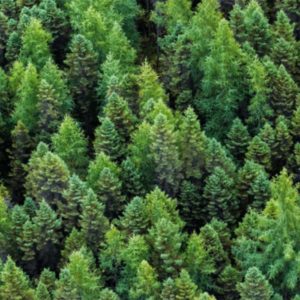What Is Canada’s Two Billion Tree (2BT) Program and What Is the Opportunity?
On December 14th, 2020, Minister O’Regan officially launched the two billion tree planting program (watch the speech here), identifying it as an important part of Canada’s efforts to achieve net-zero greenhouse gas emissions by 2050 and a contributor to other key federal goals, including improved air and water, support for biodiversity, and enhanced urban green space. Nature Canada is encouraged by the long-term vision that sees these two billion trees added as permanent new forest cover across Canada.
More Details to Come
Government information sessions to date indicate the program will support tree planting in four broad areas—public lands, private lands, community and urban areas and working with Indigenous governments on their territories. The Government plans to get trees in the ground starting in spring 2021 in urban areas across Canada. More information on program details is expected.
Natural Resources Canada is implementing the plan with support from Environment and Climate Change Canada and Agriculture and Agri-Food Canada. The program will mean a 40 percent annual increase in the number of trees planted in Canada. In 10 years, the government has estimated the additional two billion trees will cover over 1.1 million hectares, an area twice the size of Prince Edward Island.

Getting it Right: What’s at stake?
Tree planting has tremendous potential to help restore degraded ecosystems across Canada, contributing to achieving Canada’s important nature protection and climate goals. But these goals must be taken into consideration throughout the design and implementation of the program.
Failure to carefully plan tree planting taking into account climate and biodiversity considerations can have disastrous consequences. This was seen in Fort McMurray and Northern Alberta, where the establishment of industrial monocultures of black spruce in critical peat bog ecosystems left the landscape, wildlife and communities vulnerable to deadly wildfires.
The success of the two billion tree initiative hinges on planting the right trees, in the right places, for the right reasons. It’s not a simple task and it’s not a short-term one given the life cycle of trees. Well-planned, multi-year commitments are required to enable tree planting to restore degraded ecosystems, sequester carbon and provide benefits to communities in an equitable way. To help get it right, the Government plans on establishing an advisory committee of experts on nature-based climate solutions, who will “provide advice on program delivery considerations to maximize emission reductions, and deliver on key biodiversity and human well-being co-benefits”.
It will be important to monitor the trees for survival and for the government to report publicly on the program’s outcomes against these intended objectives. The realization of different outcomes will need to be assessed over different time frames. But the potential benefits are significant.

Potential benefits of tree planting when done right
- Trees combat climate change: Atmospheric carbon dioxide (CO2) is one of the main drivers of climate change. Trees capture and store CO2 from the atmosphere. As long as a tree is healthy and growing, it stores increasing amounts of carbon. The more trees are planted, and the larger and longer they grow, the more CO2 will be taken out of the atmosphere. This means the carbon sequestration benefits of tree planting are only realized in the long term but can be extremely significant. The planting of two billion trees across Canada is projected to reduce greenhouse gas emissions by up to 12 megatonnes by 2050. This underscores the importance of the program’s commitment to create permanent forest cover.
- Trees support wildlife and help conserve biodiversity: Trees and forests serve as habitats for many wildlife species from shade-loving plants, to birds, insects and mammals. Large-scale tree planting can improve connectivity between habitat patches and help reverse species loss. For example, planting trees can support habitat for declining populations of migratory birds. Strategic tree planting in critical degraded parts of the Boreal can help threatened species like the caribou to recover and thrive.
- Trees intercept rainwater and reduce runoff in urban areas: Urban areas are mostly covered with impervious surfaces that prevent rainwater from being absorbed directly into the ground. Excessive runoff can lead to flooding, sewage spillover, and aquatic pollution. City trees intercept significant amounts of rainfall and retain it in their foliage, allowing it to evaporate into the atmosphere. For example, Toronto’s forested ravines help mitigate flooding by moving water.
- Trees in urban areas provide shelter from extreme heat: Due to their built infrastructure, cities frequently experience higher temperatures than the surrounding countryside—this is the urban heat island effect. Trees reduce ambient air temperatures by altering wind speeds and blocking solar radiation. To maximize the benefits of tree planting in urban areas, tree canopy cover should exceed 40 percent. This implies, the more trees there are in a city, the greater the cooling effect.
- Tree planting by and with Indigenous communities on their territories provides an opportunity to advance reconciliation. Meaningful consultations with Indigenous governments regarding tree planting within their territories can strengthen Indigenous-led conservation and stewardship of forests and support partnerships rooted in respect and recognition of Indigenous rights and knowledge.
- Trees provide physical and mental health benefits. Exposure to trees and forests provides important physical and mental health benefits. In the face of COVID 19 and rising stress levels, Canadians have visited parks and green spaces in increased numbers seeking comfort, well being, cultural and recreation benefits.
- Tree planting creates jobs and other economic benefits: Tree planting can create jobs and boost a range of businesses such as nurseries, landscape designers and professional foresters. The government has estimated its plan to plant 2BT over the next ten years will create up to 4,300 jobs. Beyond tree planters, this includes municipal workers as well as private landscape contractors and other specialized tree caretakers that are actively involved in tree management. Tree planting also increases property values. Trees in the city are a major component of a neighbourhood’s aesthetic appeal and benefit homeowners by adding monetary value to properties.
With the two billion tree program launched, nature groups could engage in restoring landscapes across Canada by planting billions of trees across millions of square hectares in ways that restore degraded ecosystems, sequester carbon and enhance benefits to communities.
Click here for further information on tools that can help your community ensure tree planting maximizes local benefits for nature, climate and people.



